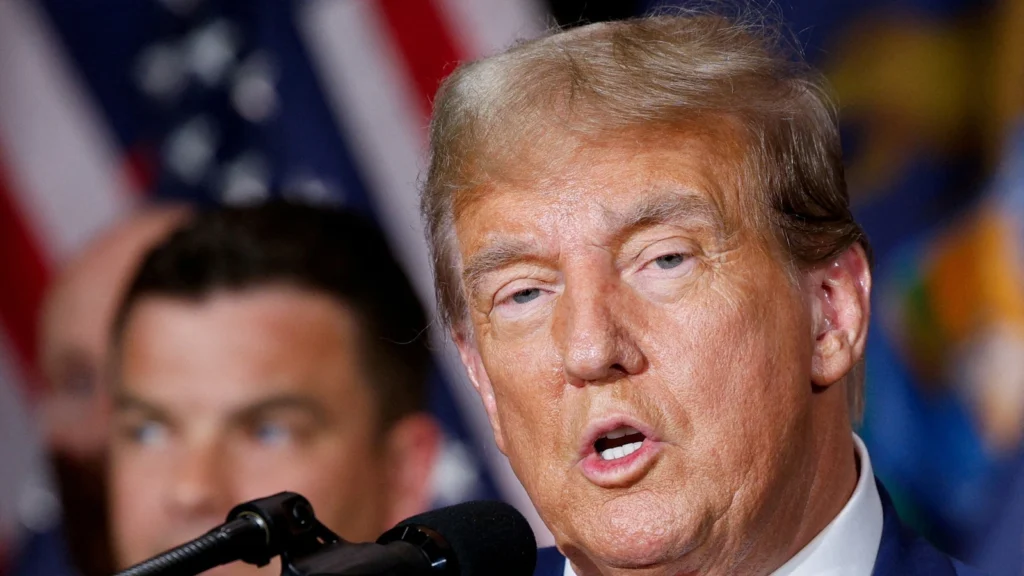After months of tense negotiations and diplomatic impasse, U.S. President Donald Trump has brokered a long-awaited ceasefire and hostage deal between Israel and Hamas, marking what officials are calling the most significant breakthrough in the Gaza conflict since the October 7, 2023, attack.
The agreement, achieved after a weeks-long diplomacy blitz and close coordination with Arab and Muslim allies, paves the way for a pause in the devastating fighting that has left much of Gaza in ruins. Hamas is expected to release 48 hostages including about 20 believed to be alive in the coming days as part of the first stage of Trump’s peace plan.
According to senior U.S. officials, the turning point came when negotiators led by Trump’s special envoy Steve Witkoff and senior adviser Jared Kushner determined that Hamas’ leadership had reached its limit. “Hamas had enough,” one official said, describing the group’s shift after months of resistance to U.S.-backed proposals.
The deal followed intense mediation involving Egypt, Qatar, and the United States three countries that have played crucial roles throughout the conflict. However, the path to an agreement was fraught with setbacks.
In early September, an Israeli airstrike on Hamas negotiators in Doha, Qatar a close U.S. ally and key mediator killed five Hamas members and a Qatari security officer, straining ties across the Gulf. The strike provoked outrage among Arab nations and forced Washington into immediate diplomatic damage control.
Despite the tensions, Qatar continued to play a pivotal role. Witkoff and Kushner worked closely with Qatari Prime Minister Mohammed bin Abdulrahman Al Thani to refine Trump’s “20-point peace plan,” which was later presented to Arab and Muslim leaders at the United Nations. The U.S. president described those meetings as his “most important” since taking office.
By late September, the final draft of the agreement was ready. Trump convened a meeting with Israeli Prime Minister Benjamin Netanyahu at the White House their fourth of the year to finalize Israel’s acceptance. In a rare move, Netanyahu read a formal apology to Qatar, acknowledging Israel’s violation of its sovereignty during the earlier airstrike.
Photos later released by the White House showed Trump overseeing the apology call, underscoring his direct involvement in every stage of the negotiations.
Under the agreement, Hamas is to release all remaining hostages within 72 hours of the ceasefire, in exchange for hundreds of Palestinian prisoners and a halt in Israeli military operations. The plan also outlines a phased transfer of power in Gaza to non-Hamas Palestinian authorities, though Hamas has not publicly agreed to fully disarm a key Israeli demand.
Despite lingering skepticism among Israeli officials, Trump framed Hamas’ qualified acceptance as a “yes,” signaling what he called “a moment for peace.” In a televised statement, Netanyahu confirmed Israel’s readiness to implement the first phase of the deal while reaffirming his commitment to ensuring national security and disarming Hamas.
Speaking on Fox News after announcing the agreement, Trump said he believed the ceasefire would help restore Israel’s global standing. “I spoke to Bibi Netanyahu just a little while ago,” Trump said, using the Israeli leader’s nickname. “I told him, ‘Israel cannot fight the world, Bibi.’ And he understands that very well.”
The agreement marks a rare diplomatic victory in a war that has killed tens of thousands, displaced millions, and drawn international condemnation. While major questions remain about Gaza’s reconstruction and governance, U.S. officials say the breakthrough could serve as the foundation for Trump’s broader vision a regional peace plan supported by both Israel and its Arab neighbors.


